Local people can offer a fascinating insight into a destination’s culture, traditions and way of life. With over 7.5 billion of us on earth, photographing the people you meet on your travels is a great way of capturing stories and experiences that are unique to you.
Wherever your next Headwater holiday takes you read on for our top tips and techniques to build your confidence when photographing people.
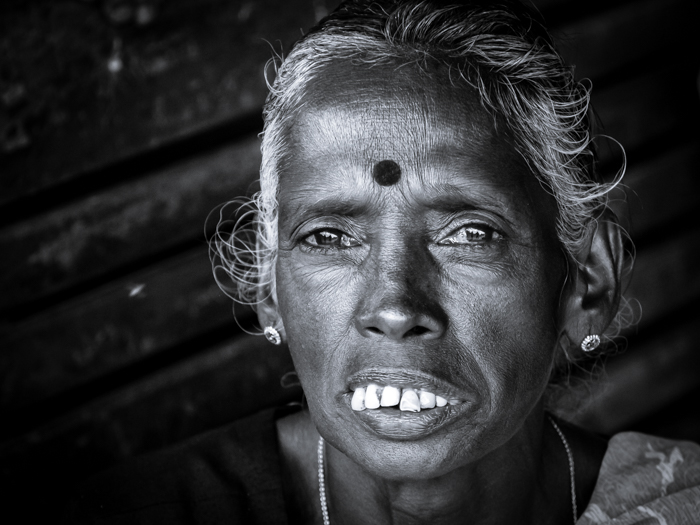
One of the greatest challenges when photographing people is overcoming the nerves to ask a stranger for their picture. Whatever your personality type, most people will be apprehensive at the thought of approaching someone specifically for this purpose. Language barriers and fear of rejection can put off even the most experienced photographers.
Try putting your nerves to one side and build up a conversation with someone whose picture you would like to take. It is amazing how much you can communicate with someone without speaking a word of each other’s language, while finding out more about that person’s life or culture can often be the one of the most memorable and authentic experiences of your trip.
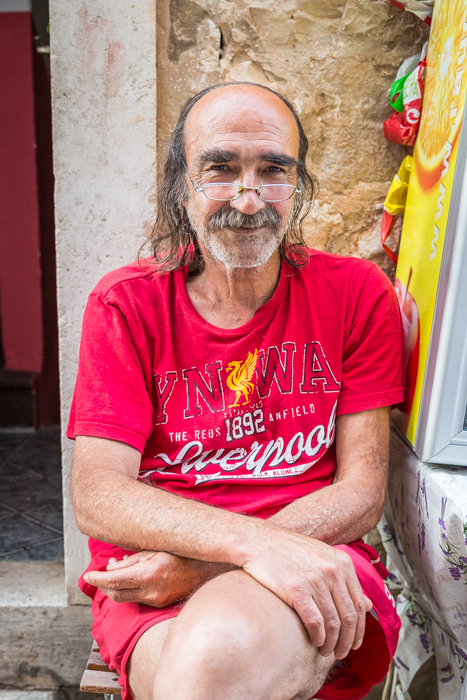
A camera can help to break down the barriers to communication and give you the confidence to approach and engage with locals. A smile and a simple nod towards your camera is a globally recognised indication that you would like to take a picture.
More often than not people will be happy to pose. Some people will find it curious that you want to take their picture and some may be willing but shy. Of course, there will be people who don’t want their picture taken so be polite and respect their wishes. Remember, if someone does decline, don’t be offended or embarrassed – it is not the end of the world.
Whomever you photograph, offer to show them the picture on the back of your camera and/or email a copy or post a print to them. Above all, relax, share a smile and remember to thank them for their time.
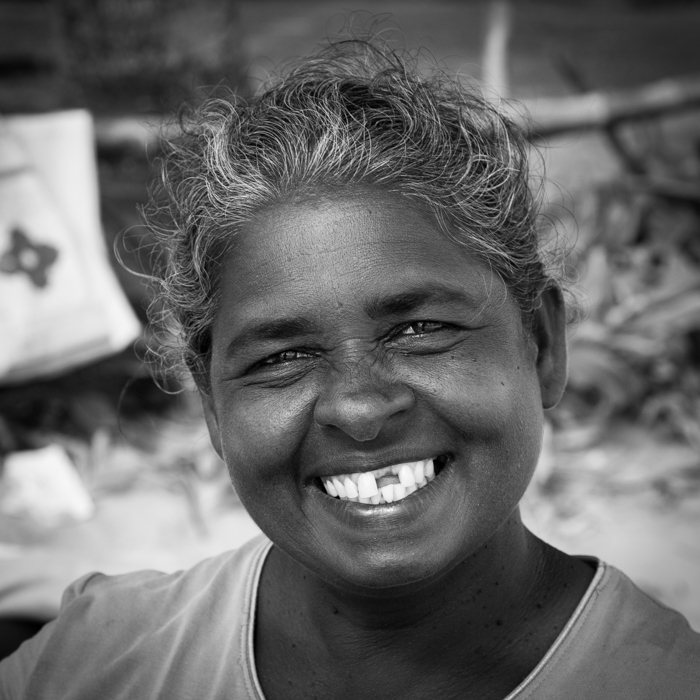
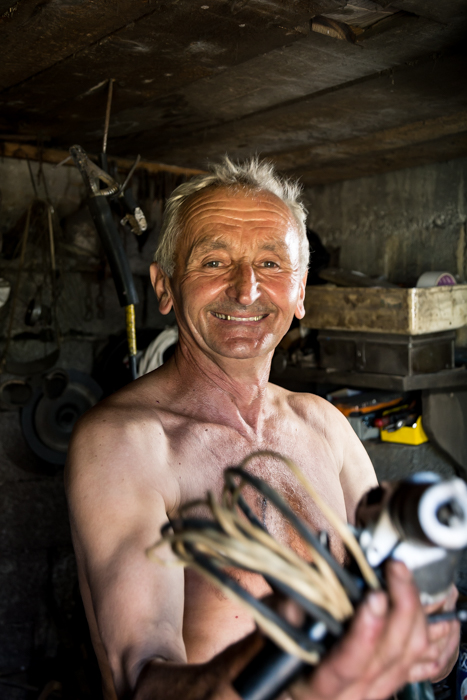
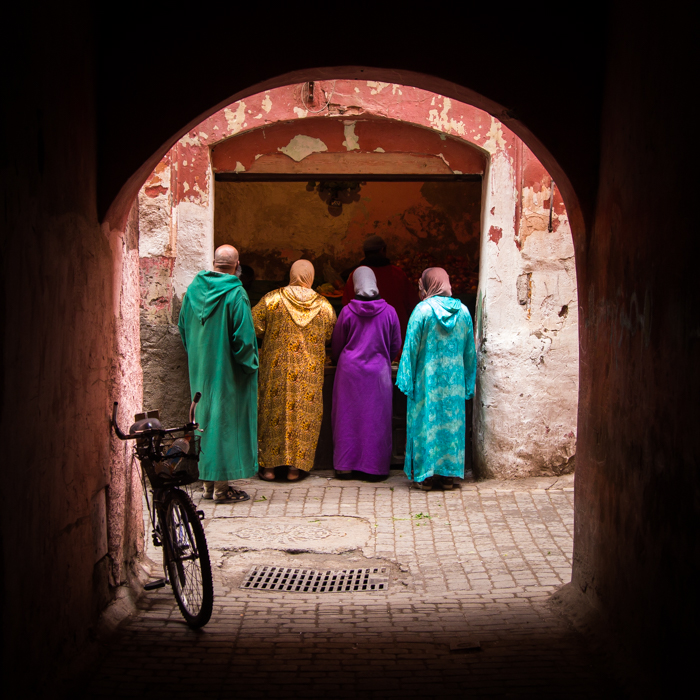
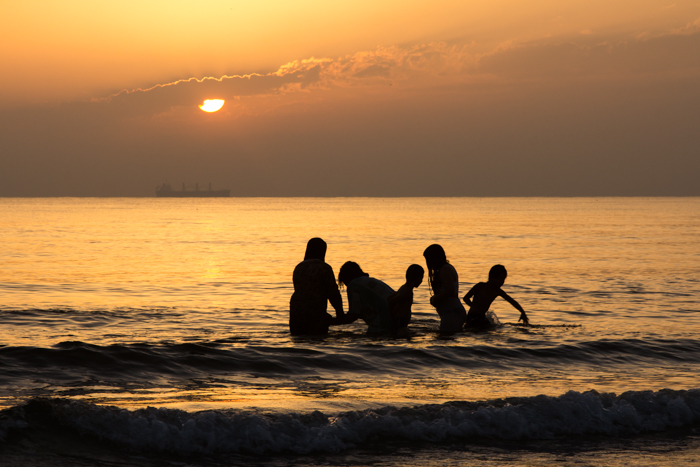
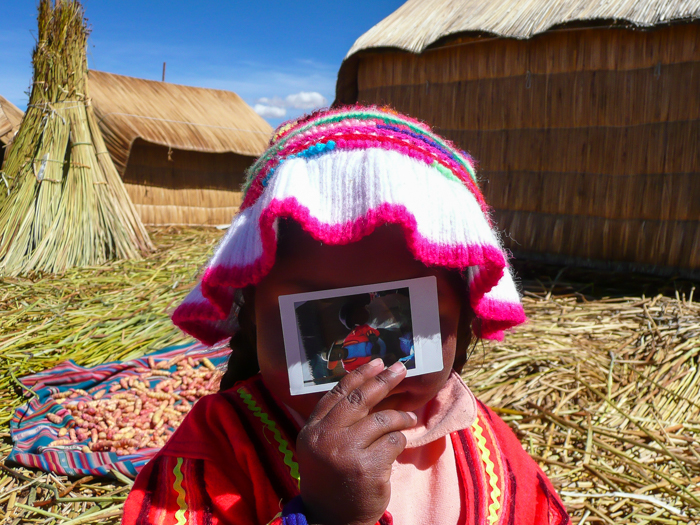
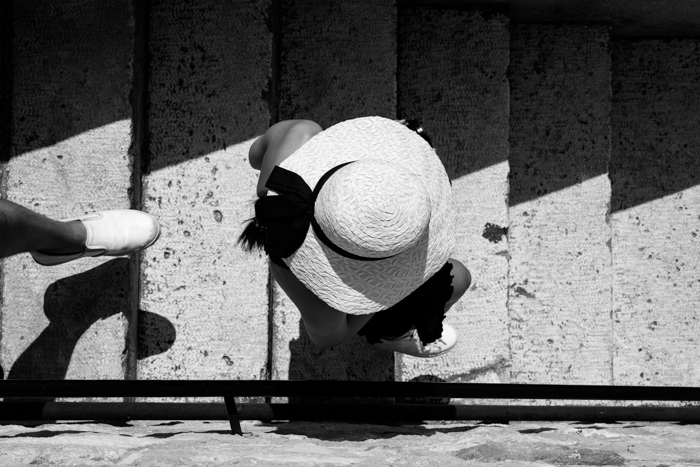
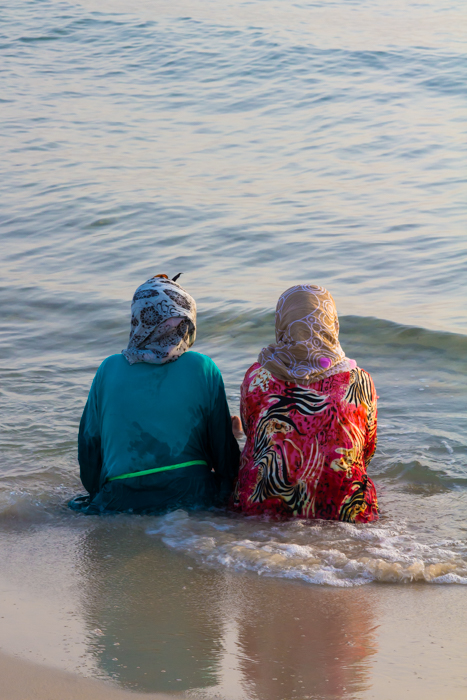
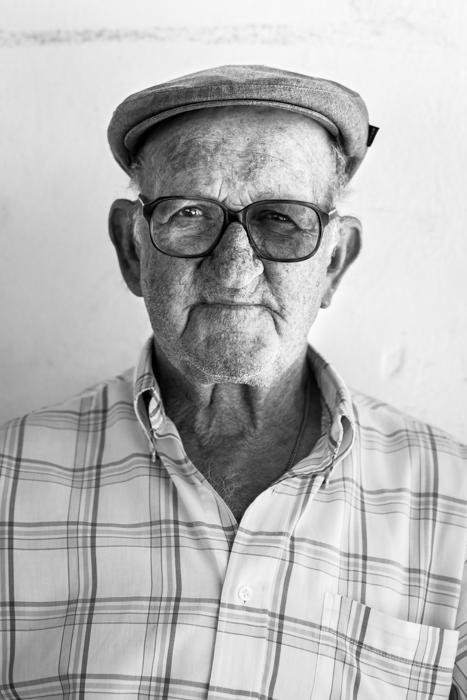
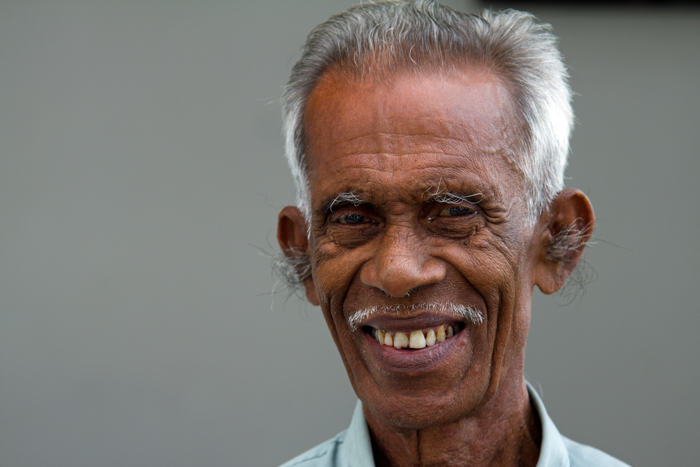
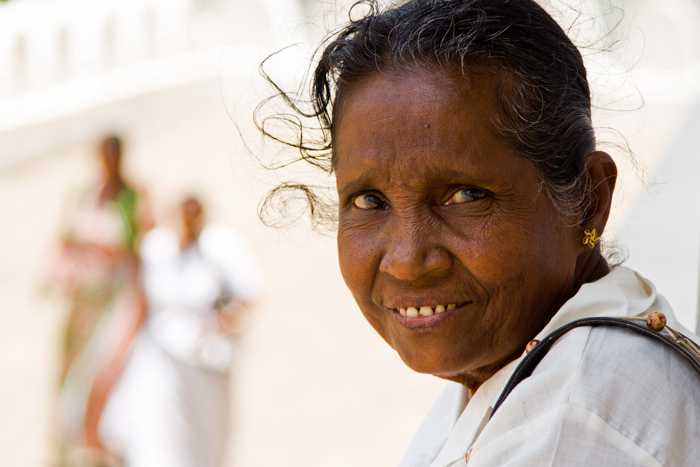
On your travels you may encounter someone with a great face. By this I don’t mean someone stereotypically attractive but rather someone full of character. A face with lines that tell their own stories of a life lived, a striking expression etched with emotion or a smile so contagious it should be shared with the world.
Perhaps the person has taken pride in their appearance so they stand out from the crowd. This could be interesting or extravagant clothing, hair or accessories. This could include cultural costumes or traditional outfits unique to that destination.
Tip: It is all about the eyes. Ensure you keep the eyes in focus (or the eye closest to you if the person is not facing you directly). Try shooting in aperture priority mode with the widest aperture possible (this will be a low f/ number such as f/1.4, f/2.8, f/4) to ensure the background is out of focus as this helps ensure the viewer is drawn to the person.
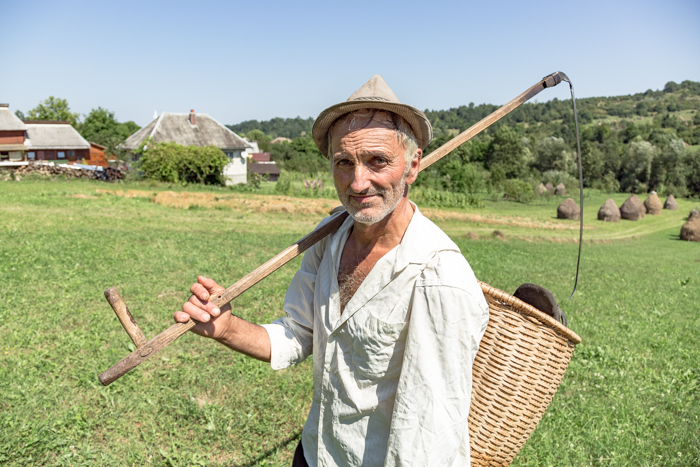
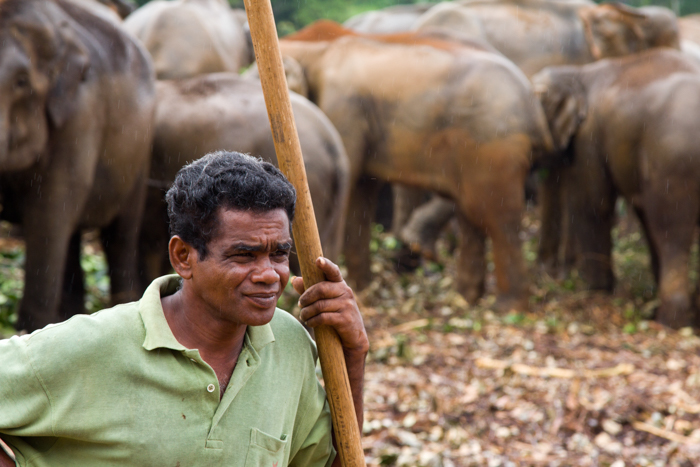
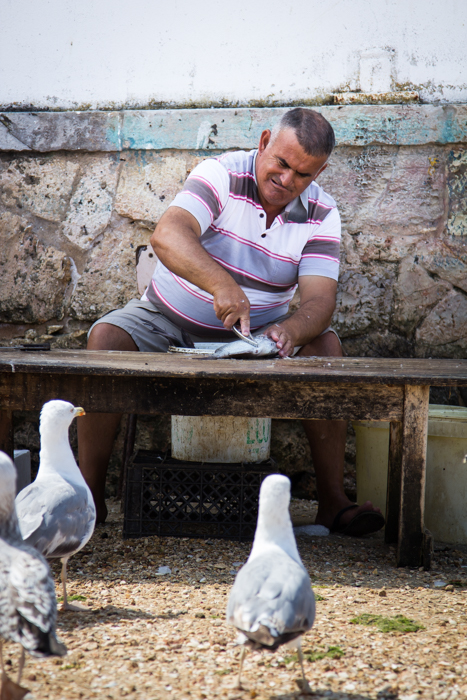
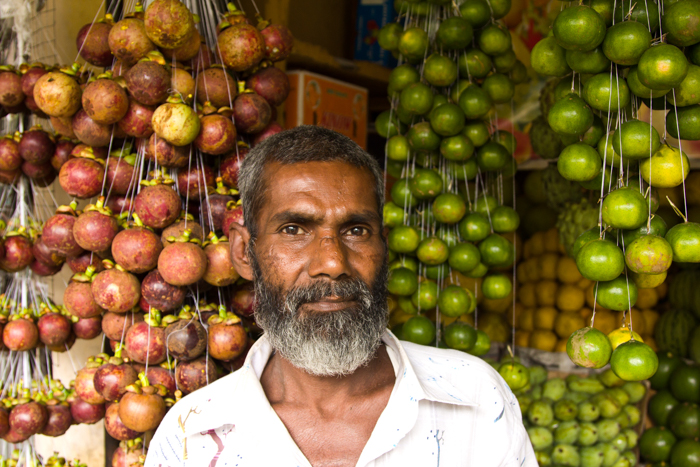
Unlike traditional head and shoulders portraits, an environmental portrait captures the surroundings of the person being photographed to give both the person and the scene some context.
It could be someone working in a shop or a field and by showing the background or including props, the person viewing the image should get a deeper insight or connection with the person in the image.
Tip: Place the subject either off centre or with enough space around them to show the scene. Either take a step back to show more of the scene or use a wider angle lens and shoot at a narrower aperture of between f/4 and f/11 to keep some of the detail in the background. Note. Wide angle lenses can often be unflattering for portraits due to distortion.
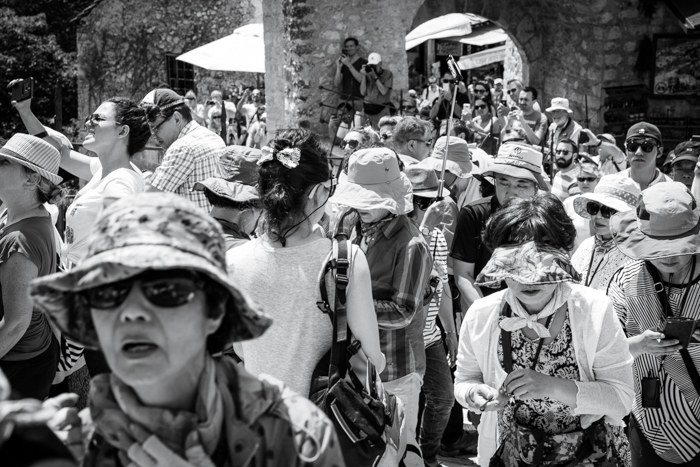
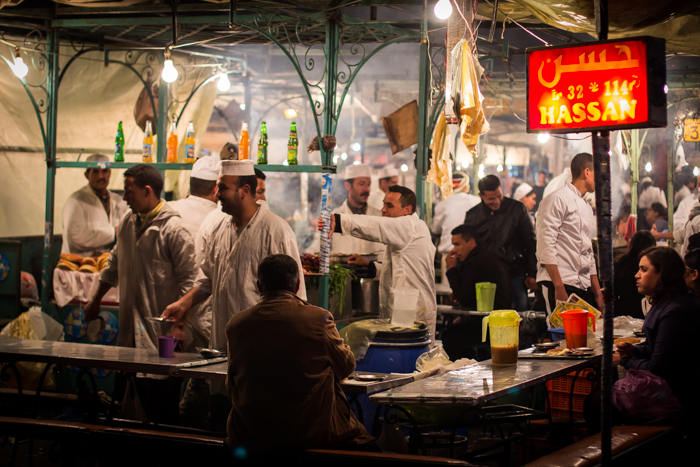
Street photography is a very popular genre of candid, urban people photography requiring the photographer to observe the scene and capture it in unique, quirky or visually striking ways.
Street photography doesn’t always follow typical conventions in terms of composition, placement and subject matter yet images can convey stories of emotion, humour or drama in the split second of time that was captured.
As these are candid, un-posed shots of people, the subjects are often unaware of either the camera or that they are being photographed, while the scene or situation is equally important to the shot.
Tip: Find an interesting backdrop or location and wait for people to come into the frame. Fractions of a second can make all the difference in street photography so consider shooting in a continuous burst mode to capture the perfect movement or position of the person.
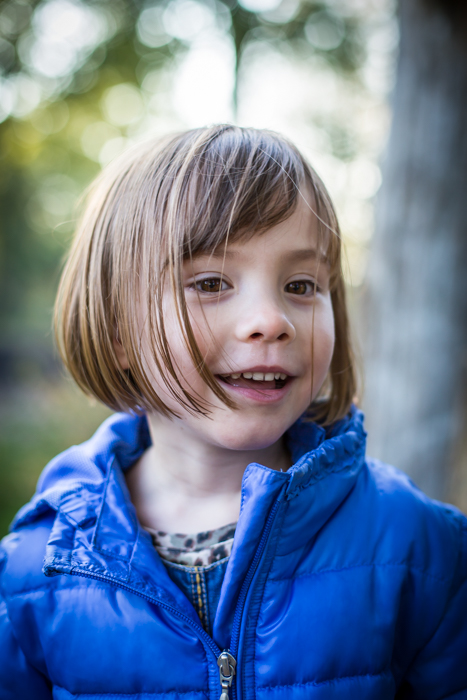
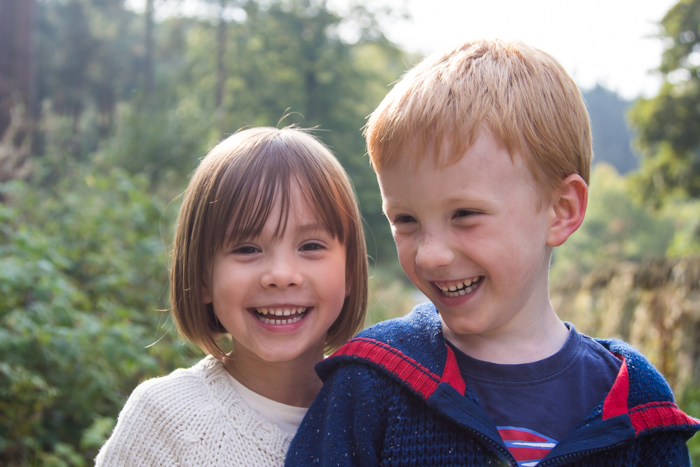
People photography isn’t always about the people you meet and can equally be about the people you travel with. Travel is where memories are made and family and friends are an integral part of the enjoyment of this. Images capture not only the holiday, fun and adventures but also serve as a bookmark in time that generations can look back on.
Tip: Family and friends are great subjects to practice your people photography on. Try to capture them using some of the genres above. For example, a combination of posed or candid shots as well as images of them interacting with locals or carrying out the activities on your trip.
All images copyright Matt Parry.